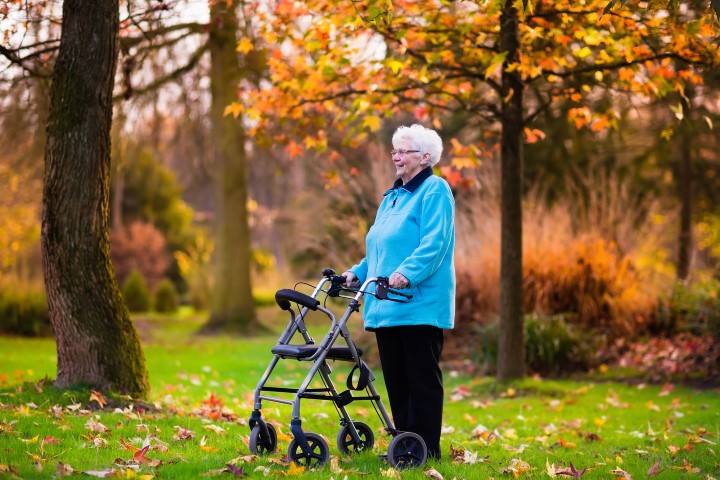
February is National Senior Independence Month, and while many are doing their part in promoting healthy living, caregiving and exercise, it is equally important to stress the risk of falls, and to join in promoting fall prevention this month. According to the CDC, one out of every three adults age 65 and over falls each year. Falling is also the leading cause of accident related deaths for this age group. This makes falling one of the single highest threats to the independence of seniors. It is for this reason that we are going to dedicate an entire blog post to the topic of fall prevention this month; in spreading awareness, and helping prevent accidents, while promoting senior independence.
Important Statistics
According to the CDC, falling is a serious and costly issue facing those 65 and older, and their website has listed the following shocking statistics:
- 1 of 5 falls causes a serious injury–broken bones or a head injury.
- Over 300,000 seniors are hospitalized annually for hip fractures.
- Nearly 3 million seniors are treated in the ER for injuries resulting from a fall.
- Over 800,000 seniors are hospitalized yearly for fall injuries. Hip fractures and head injuries are the most common.
- Over 95% of hip fractures are caused from falling, and usually onto one’s side.
- The most common cause for traumatic brain injuries is falling.
- The annual cost incurred from fall injuries is $31 billion. 2/3 of this results from hospital costs.
After a Fall
After a person falls, they are likely to suffer from broken bones. Common breaks from falling include wrists, arms, hips and ankles. They may also suffer a head injury. Head injuries can be serious, and medications such as blood thinners can make them even more dangerous. If a senior has hit their head, they should see a doctor immediately to rule out brain injury. Even if the senior has fallen and was lucky enough to escape serious injury, a fall can have debilitating mental effects that could cause the person to become fearful of falling again. This is likely to interfere with their normal daily routines, and cause them to become less active. Being less active is only going to increase their risk of a future fall more in the long run, so a good therapist may be essential after a loved one has experienced a fall.
Risk Factors
The Center for Disease Control has identified the following factors for increased risk of falling. Most falls are the result of a combination of risk factors, and the more factors someone has, the higher their risk of experiencing a fall.
- Vitamin D deficiency
- Weak lower body
- Troubles walking or balancing
- Foot pain, or poorly made footwear
- Medications that affect one’s balance (over-the-counter or prescription)
- Home hazards
- Uneven or broken steps
- Lack of handrails next to stairs or in the bathroom
- Throw rugs or clutter that one may trip over
Fall Prevention
The best way to help your loved one to prevent a fall is to evaluate their risk first in their home, and second with their medical doctor. You may want to ask a Phoenix home health care professional to evaluate your loved one’s home. You may even want to hire a Phoenix home care provider to visit the home of your loved one on a regular basis to clean, or assist them during daily tasks that open them up to greater risk for falling. Your doctor can help you find ways to reduce fall risk around the home, and you may want to review the medications your loved one is taking, and add a vitamin D supplement into their daily diet. The biggest factor in reducing the risk of falling is exercise. Tai Chi is great for helping increase lower body strength and balance.
For more information on preventing falls, our services, experience, or rates, call (602) 396-5742 or fill out our contact form. We look forward to serving you.
